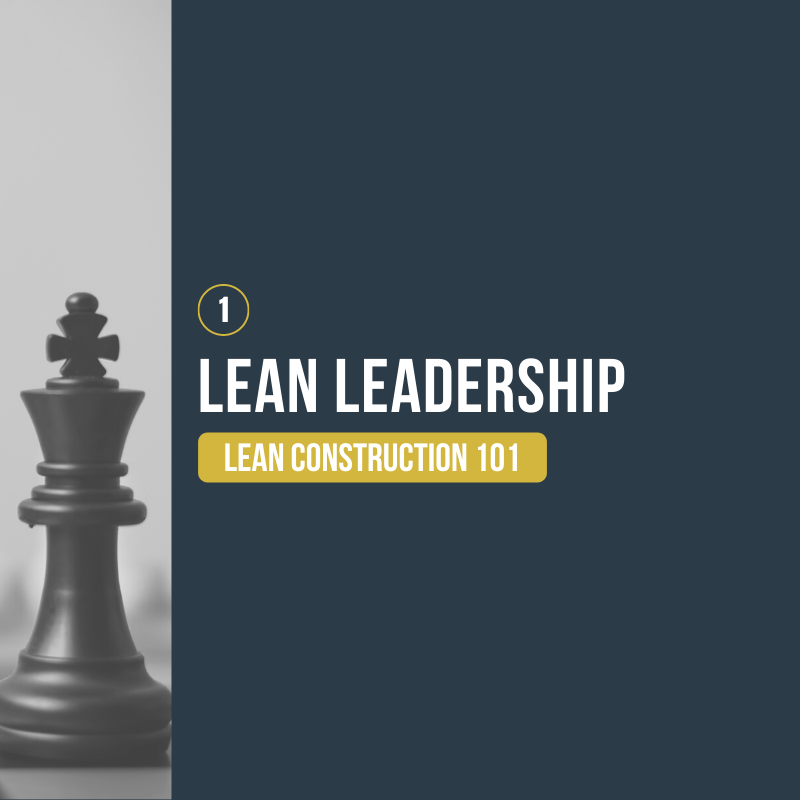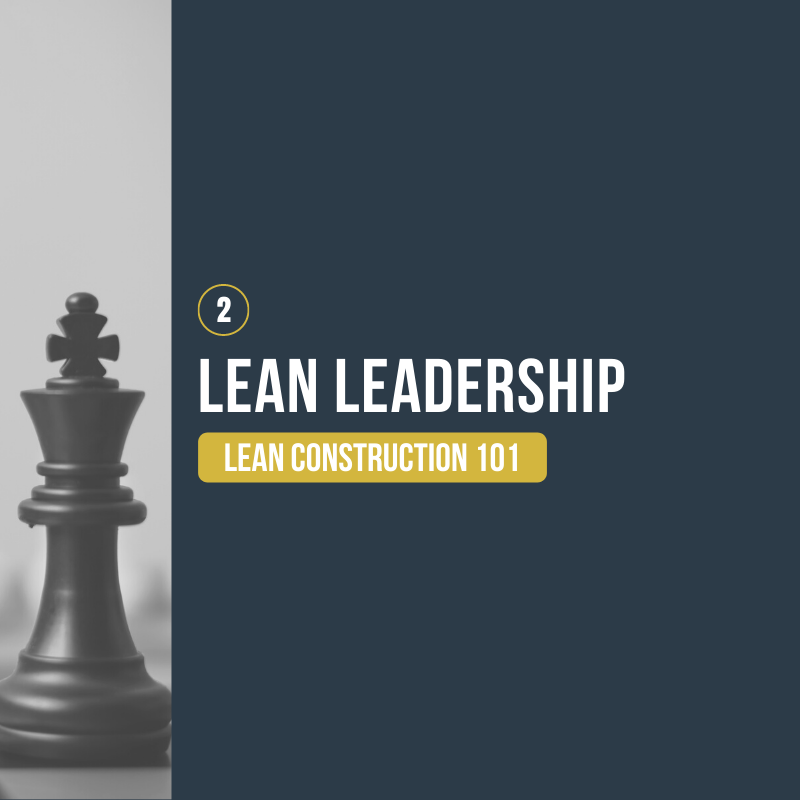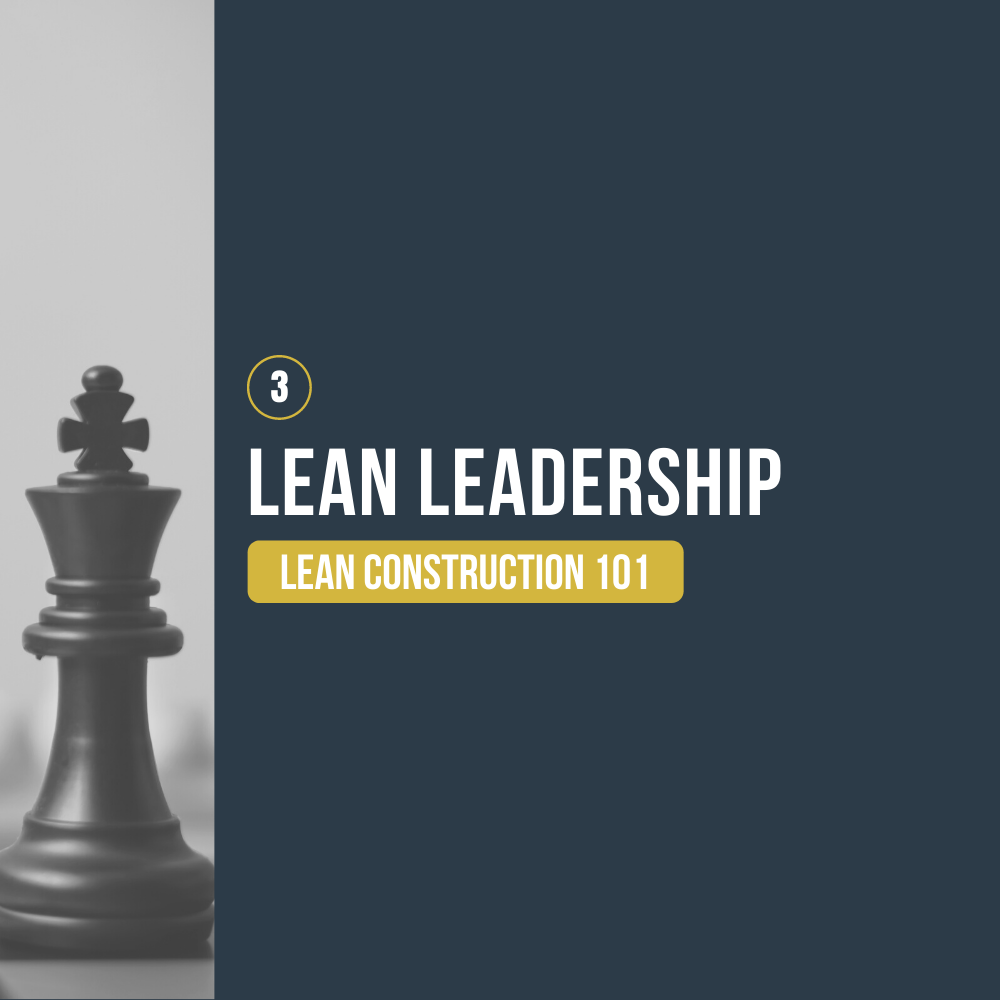This is the first of five blog posts on Lean Leadership. This post is an overview of lean leadership. The following four posts will go into detail on each of the four key practices.
For this series, I’m defining “leading” as helping and supporting others to get from where they are to where they want to be. Lean leadership goes further. As lean leaders, our attention is on growing others’ skills and capabilities while meeting a challenge.
Let’s look at Toyota’s leadership model as described by Jeffery Liker and Gary Convis in The Toyota Way to Lean Leadership for some background. It has four parts [1].
- As a leader, commit to self-development
Toyota says they make people while they make cars. It’s the leader’s responsibility to learn to lead and to show the way, setting an example of learning in the open. One good way to do this is in a network of other leaders doing the same. - Learning to coach and develop others
Toyota and other lean companies emphasize teaching as the key role of the supervisor or manager. The supervisors/ training start with TWI Job Instruction (JI). Learning to coach follows that. - Support daily Kaizen
Doing better every day, everyone, and everywhere is the essence of growing people in their jobs. Solving problems – defined as the gap between what is desired and what you have – engages people doing whatever work they do. - Create a vision and align goals
Toyota leaders paint a picture of where they’re headed and major steps along the way. This enrolls others and aligns their actions to the goals.
Groups, teams, and companies becoming lean want leaders throughout the organization – at all levels – to accomplish the many challenges they set for themselves. Leading starts with a disposition to take on challenges with others. We typically think of leaders as having a formal position. While we know that it is not so, we tend not to develop the leaders we need.
Leading is about WE rather than ME. It comes from a recognition that I can take care of myself while we take care of each other, the customers, and the company. We can do better. We can take responsibility for doing better. We can fix what isn’t working for us. Who better to lead than the experts who know the work…the people who do the work.
While we commit to self-development, we also do this by leading to learn coupled with learning to lead. Katie Anderson, author of Learning to Lead, Leading to Learn [2], wrote
“(B)eing a people-centered leader requires humility to accept that you are not perfect, that you don’t have all the answers, and that you too need to always grow and learn more to improve yourself as a leader and a learner.”
Yes, we need to learn about lean. Yes, we need to learn about working effectively with others, particularly for making change. And, only those who are well-practiced build their proficiency at anything they do including leading. Leading to learn is putting in the practice to be ever more effective.
The Lean Leadership Pattern
Lean leaders start by establishing a challenge to take on with others. When we use the word challenge we understand that we won’t immediately accomplish it. We don’t know how to accomplish it. We often need the help of people beyond our own working group to accomplish it. And we don’t expect a straight path on the way to accomplish it.
Next, we start experimenting. This is where the Deming Cycle comes in. We know it as Plan > Do > Study > Adjust. When taking on challenges, we start with Study. First, we study our current condition paying attention to our standard work, our performance, and other observations relevant to the challenge. Then we Act to establish a “next target condition.” This interim condition is established in a significant way towards our challenge, perhaps 60% of the gap we’re setting out to close. We Plan our experiments being clear what change we will make, the outcome we think will occur, and why we think that is the case. We then Act to carry out our experiment. We Study to learn from the outcome, etc. Our attention as a leader throughout this process is on growing skills of the experimenters. Problem-finding skills. Problem-solving skills. And the skills for making effective change.
Third, we approach the challenge at a systems level. Lean leaders understand that all but the simplest problems have one or few causal conditions. Challenges aren’t just complicated, they are complex and changing. Simple linear causality won't explain the situation.
Lean leaders take a systems thinking approach for larger challenges.
Instead of linear A>B>C causality, we encounter circular A>B>A causality. (Think the rich get richer. The smart get smarter.) Consequently, as we adopt something new or different to do we must identify what to stop doing and continue doing. This stabilizes the change at the system level.
Finally, learning is paramount in pursuing challenges. The leader is not just helpful. No. The leader is leading to learn [2] for him or herself, for the workgroup, the customers, and the company. Making improvements, taking on challenges, and solving problems are done to grow people. The leader is there to support that learning and sharing it with others.
You now have a taste of lean leadership. There’s so much more we can cover. In the next four blog posts I will elaborate on the four lean leadership practices one at a time. First up: Leaders Start by Aligning and Committing to a Challenge.
Endnotes
1. Liker, Jeffery, and Convis, Gary, The Toyota Way to Lean Leadership: Achieving and Sustaining Excellence through Leadership Development, 2011
2. Anderson, Katie Learning to Lead, Leading to Learn: Lessons from Toyota Leader Isao Yoshino on a Lifetime of Continuous Learning, 2020
 Hal Macomber
Hal Macomber

